Designing for designers: SAM and Map work together to deliver the ultimate Internet of Things toolkit
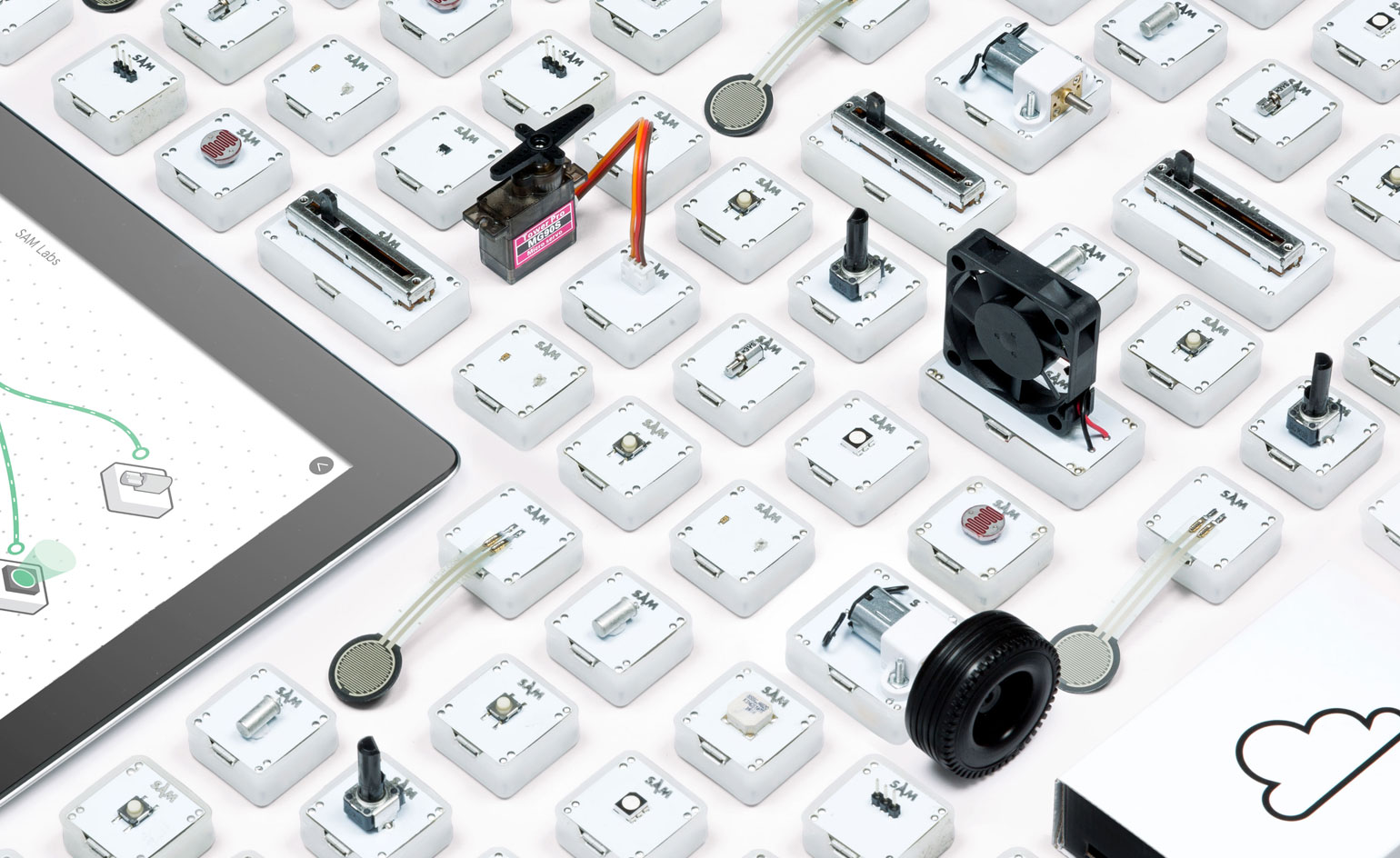
For designers striving to create internet-connected products and apps (known, collectively, as the 'Internet of Things'), the design process can be arduous, with hours spent coding and debugging, not to mention the huge amount of components needed to create the smallest of devices. But what about those of us who aren't experienced coders? Enter Joachim Horn, the inventor of SAM – a 'Sensor Actor Module' electronics inventor kit that simplifies and democratises the design process.
Designed for all ages and abilities, the kit is made up of modular Bluetooth building blocks split into two categories: 'sensors', comprising inputs such as buttons and thermometers; and 'actors', which include outputs like lights, buzzers and motors. The modules are recreated on screen by the SAM software, an intuitive user interface which is used to wirelessly link the blocks by simply dragging, dropping and connecting the different icons. When connected, the components can sense and perform tasks based on what users tell them to do. Options include creating a smart doorbell, a nightlight or a physical mail notification system.
'Our designers built SAMmy, a robot that interacts with you when you approach it, and an interactive lighting wall that changes colours the closer you get,' says Horn. 'At the Royal College of Art, designers used SAM proximity sensors and servomotors to develop urban guerrilla shoes that sprayed paint when people with the same political convictions came close. [One] group developed the infamous twerk bot, while others tackled the problem of medical compliance in elderly care patients with a smart pillbox that verified the pills stored and consumed for the patient, family and doctors.' The possibilities, it seems, are endless.
After creating the language and foundations for the toolkit, the SAM Labs team worked closely with Pentagram on the branding and Map – a strategy-based industrial design consultancy founded in 2012 by Edward Barber and Jay Osgerby with Jon Marshall – to create a seamless user experience. 'One of the greatest challenges was finding ways to soften what are quite strong and known engineering concepts, and make them comprehensive to the everyday user, regardless of age or ability,' says Marshall of his team's input.
As part of their brief, Map generated on-screen assets with an element of physicality and sense of playfulness – when a real motor wobbles so does its on-screen equivalent, for instance. Other tweaks included the development of packaging such as the transparent elastomer cases that wrap over the PCB modules to improve functionality. 'The status light shines through the body of the module and the power button is easier to press with a rubber skin but it's still possible to see the inner workings and get the impression that you are hacking a real piece of technology,' explains Marshall. 'Our part was to help humanise and bring it to life.'
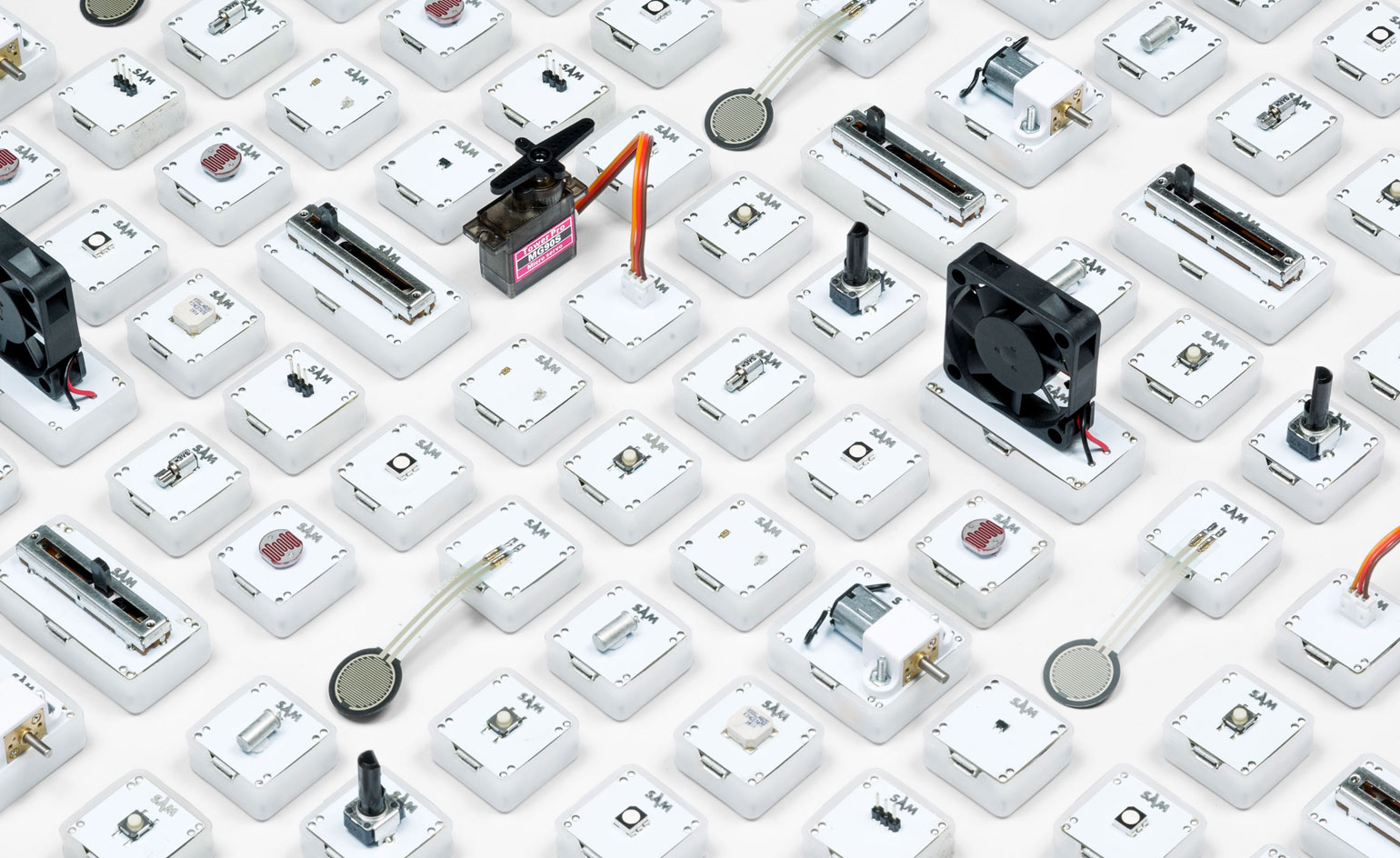
Designed for all ages and abilities, the kit is made up of modular Bluetooth building blocks that are split into 'sensors', like buttons and thermometers, and 'actors', which include outputs like lights, buzzers and motors
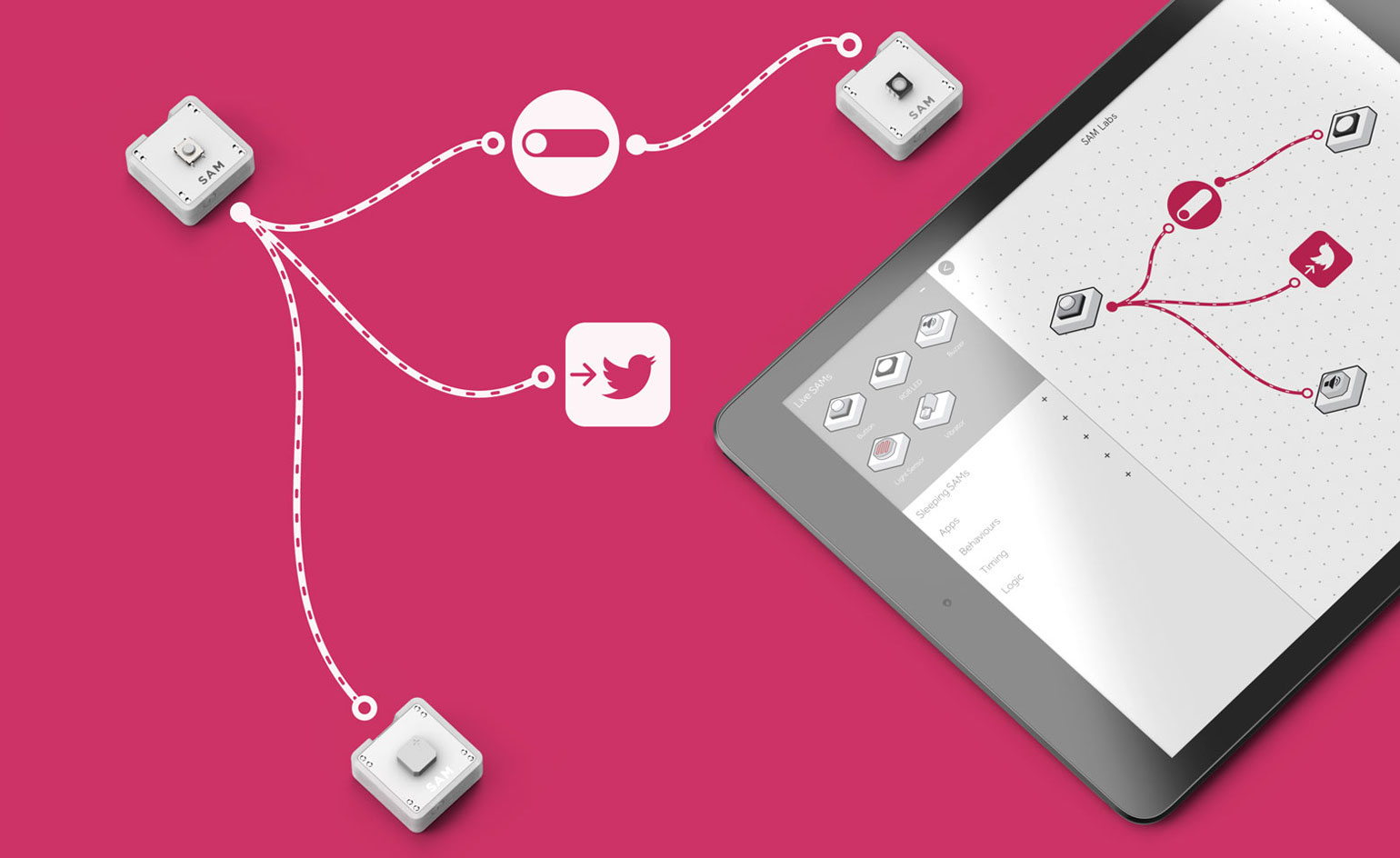
An intuitive user interface – the SAM software – is used to wirelessly link the blocks by simply dragging, dropping and connecting the different icons on screen
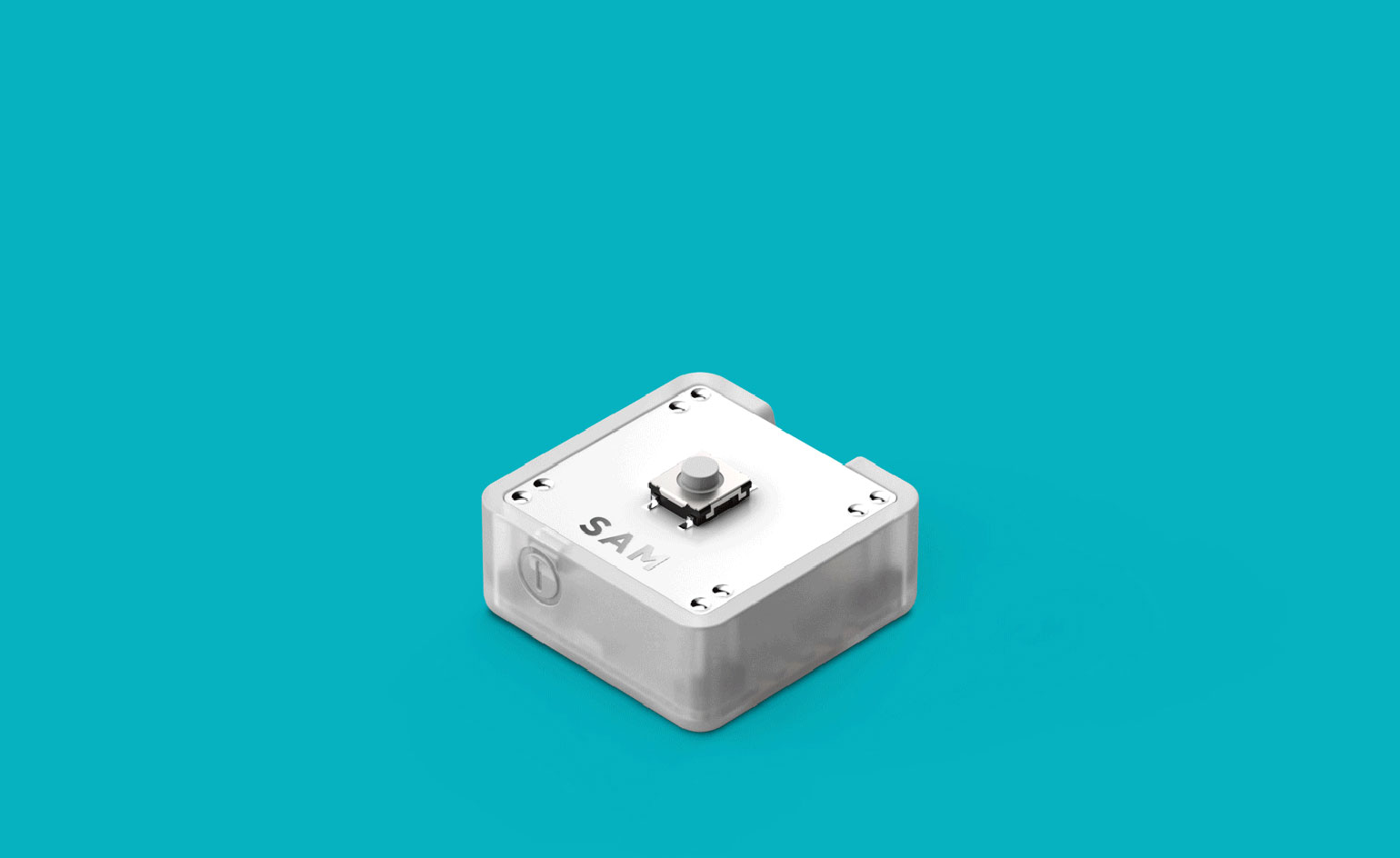
When connected, the components can sense and perform tasks based on what users tell them to do
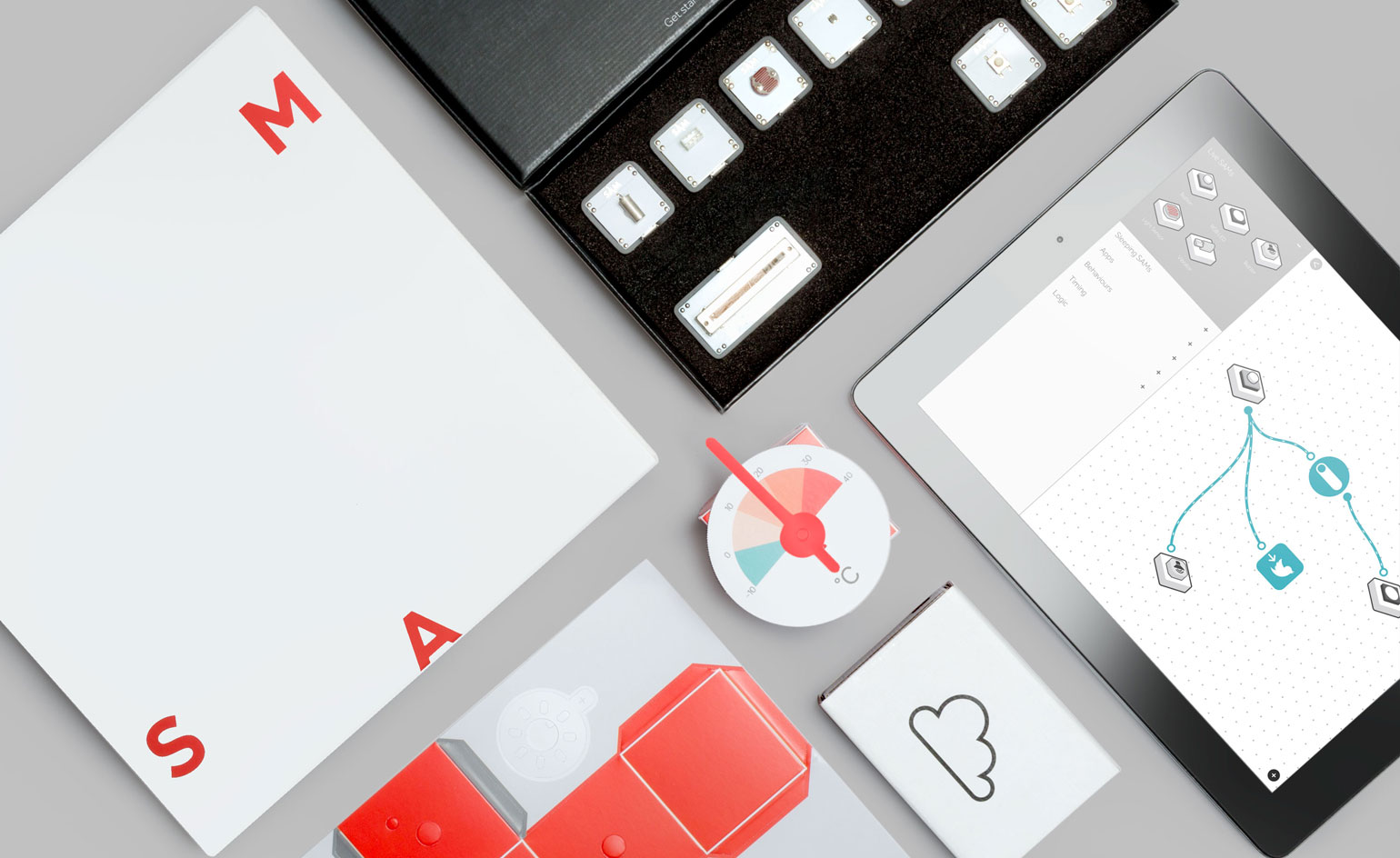
Using the toolkit, designers with little or no knowledge of coding are able to create an array of wirelessly connected gadgets such as a Twitter notification system, a smart doorbell or a nightlight
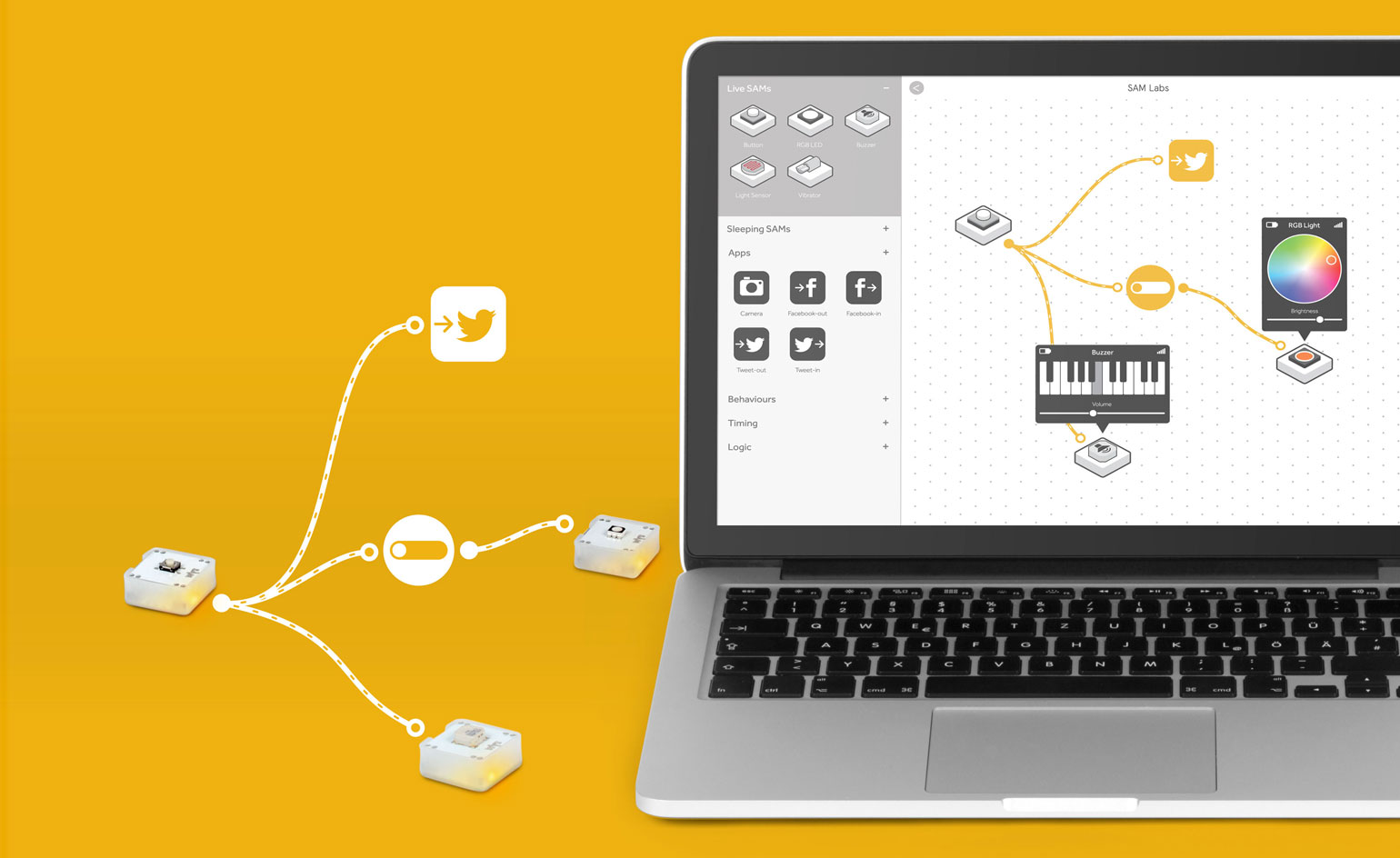
SAM worked with the team at Map – the strategy-based industrial design consultancy founded in 2012 by Edward Barber and Jay Osgerby with Jon Marshall – to create a seamless user experience
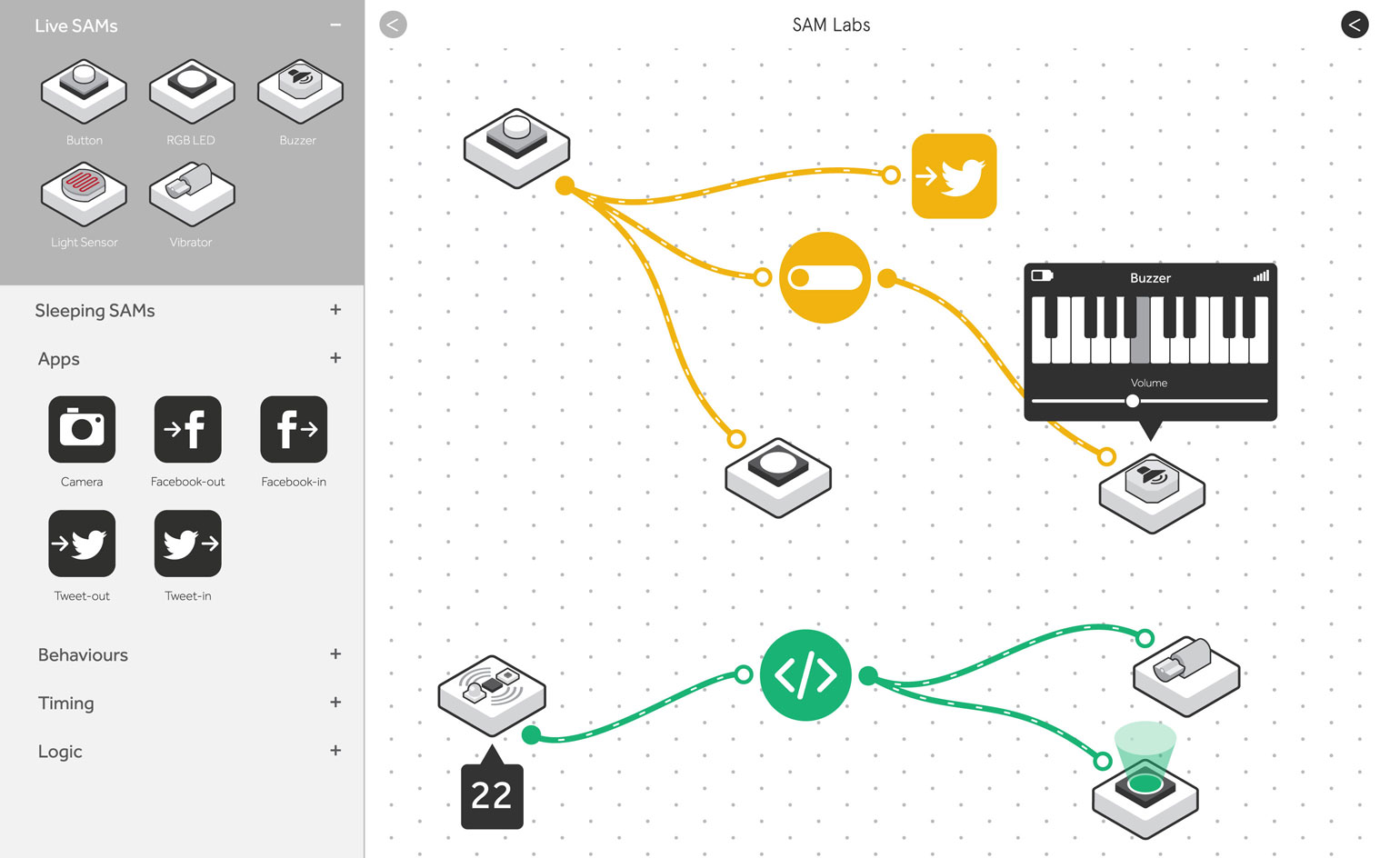
As part of their brief, Map generated on-screen assets with an element of physicality and sense of playfulness; when a real motor wobbles so does its on-screen equivalent, for instance
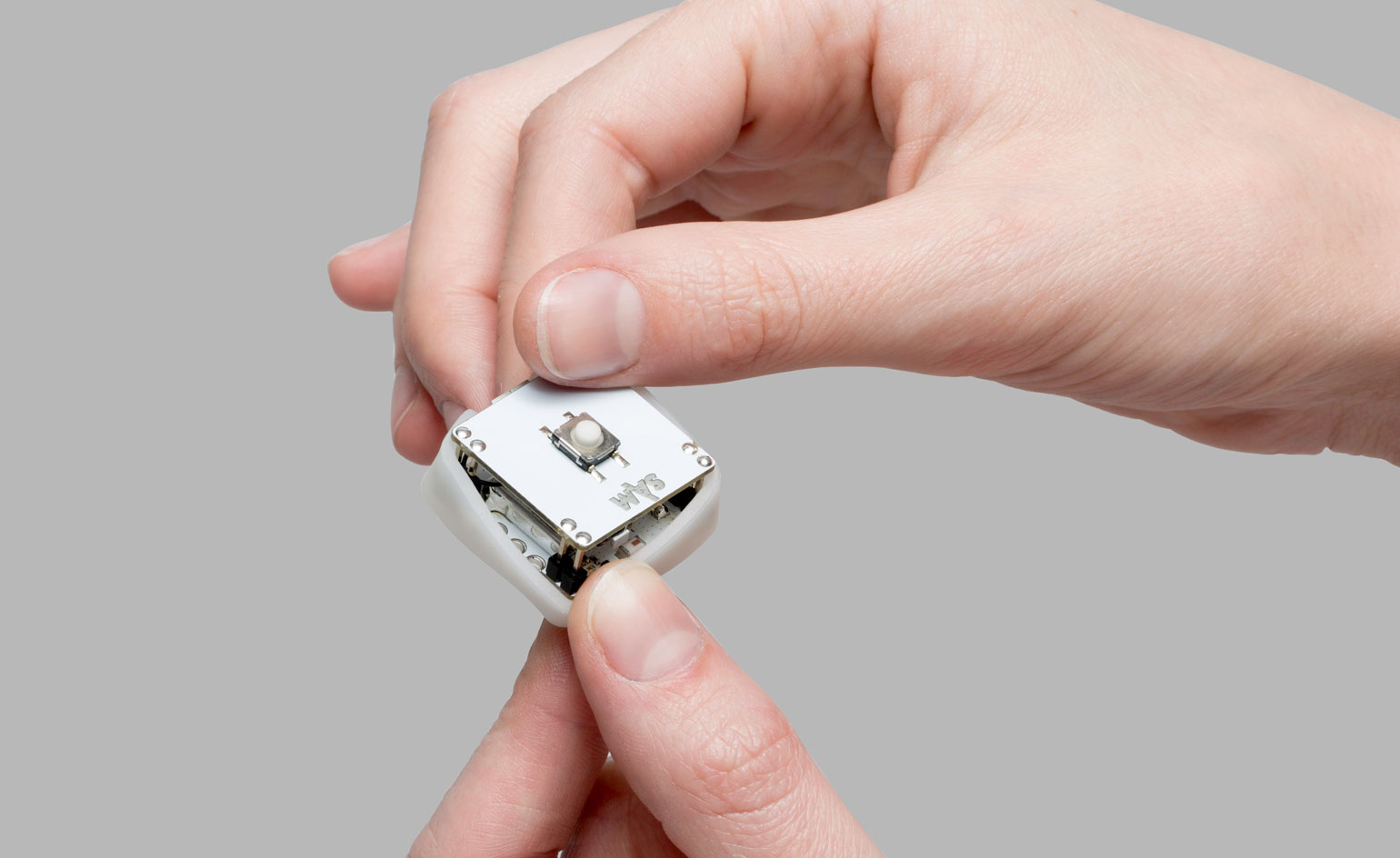
Map were responsible for the development of the system's packaging, such as the transparent elastomer cases that wrap over the PCB modules to improve functionality
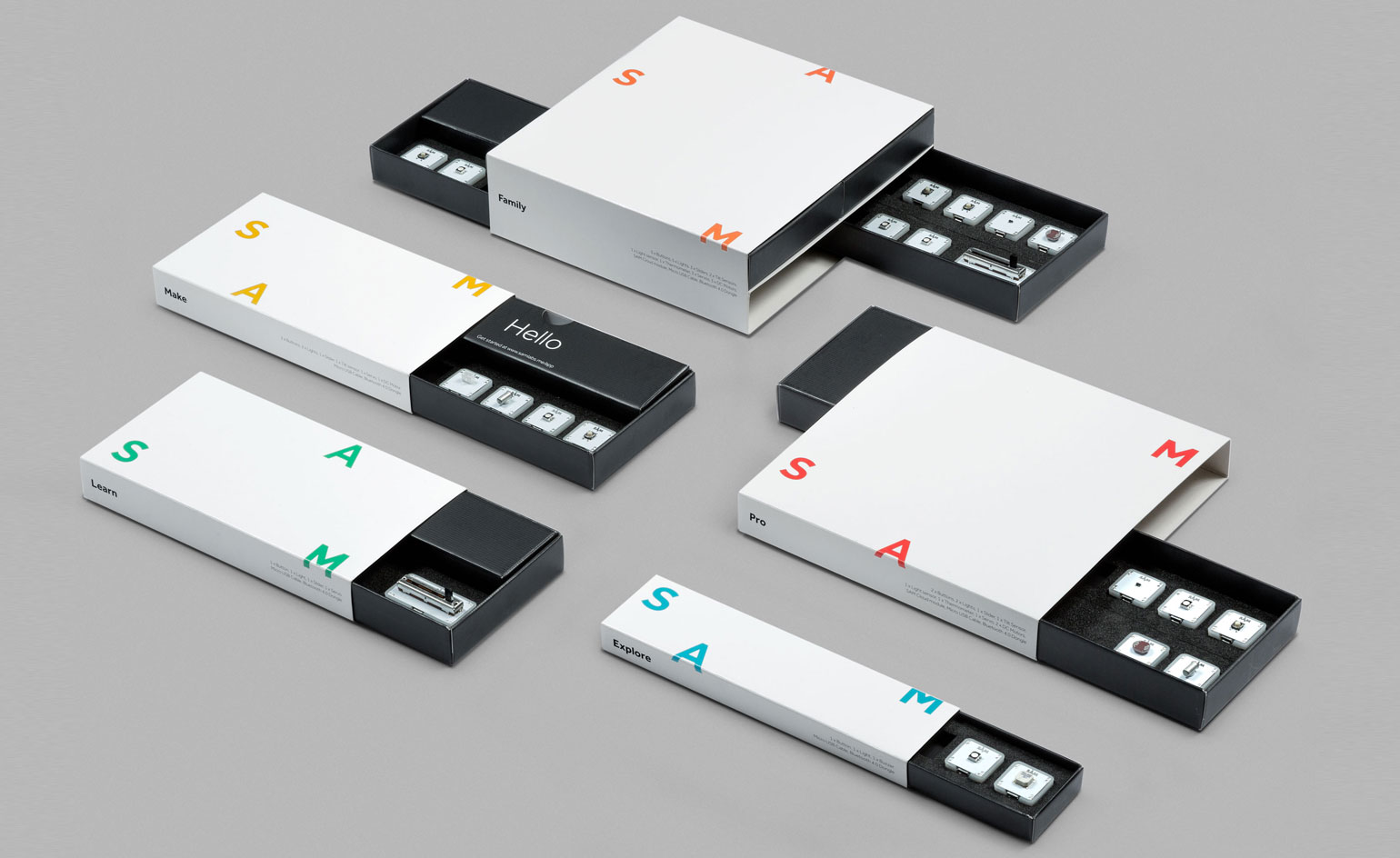
'Our part was to help humanise and bring it to life,' says Map design director Jon Marshall
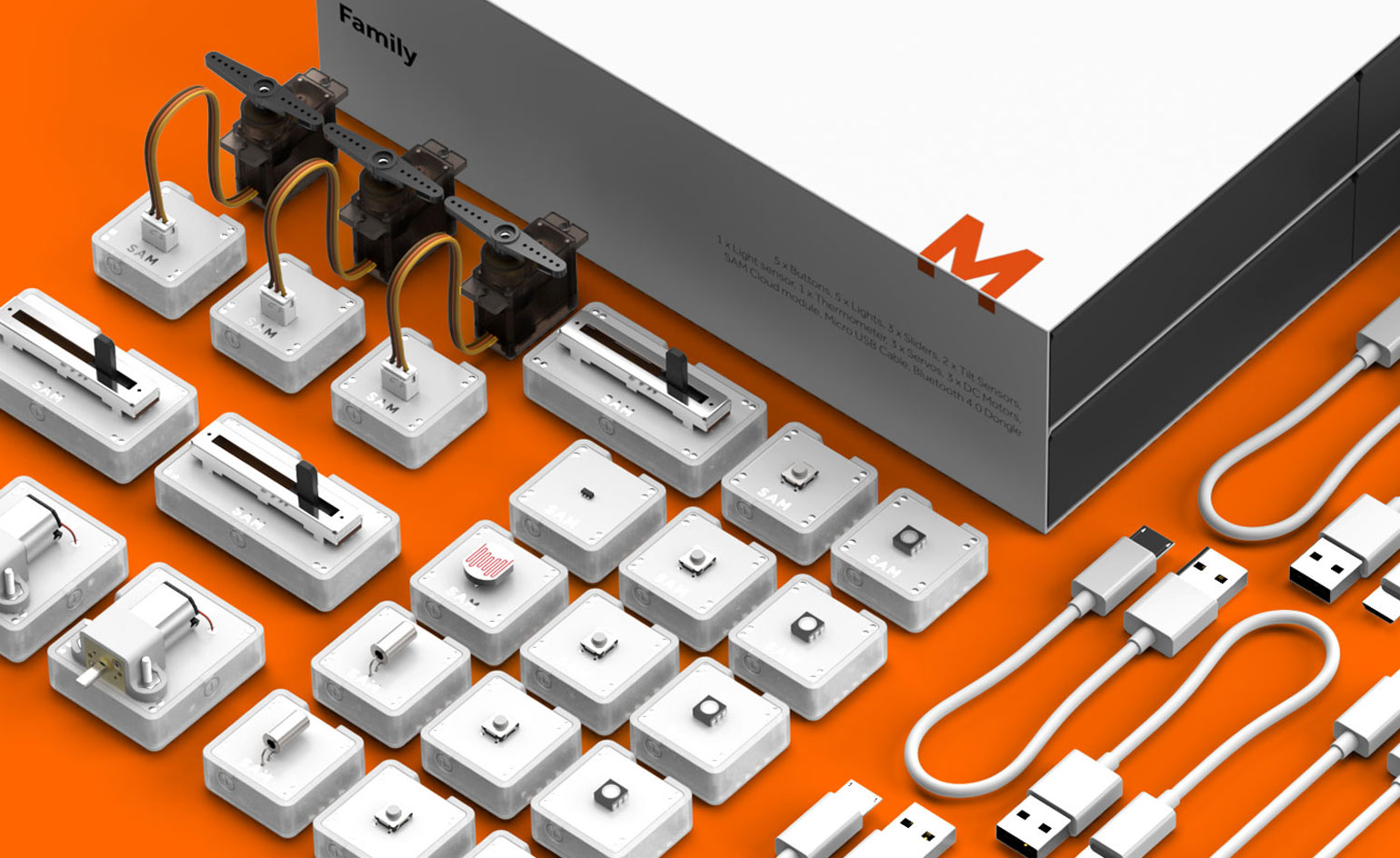
'Its strength is that it can be picked-up by anyone and with a little experimentation they start to understand these complex concepts and make real things,' says Marshall of the finished design
Wallpaper* Newsletter
Receive our daily digest of inspiration, escapism and design stories from around the world direct to your inbox.
Ali Morris is a UK-based editor, writer and creative consultant specialising in design, interiors and architecture. In her 16 years as a design writer, Ali has travelled the world, crafting articles about creative projects, products, places and people for titles such as Dezeen, Wallpaper* and Kinfolk.
-
 The Sialia 45 cruiser is a welcome addition to the new generation of electric boats
The Sialia 45 cruiser is a welcome addition to the new generation of electric boatsPolish shipbuilder Sialia Yachts has launched the Sialia 45, a 14m all-electric cruiser for silent running
By Jonathan Bell
-
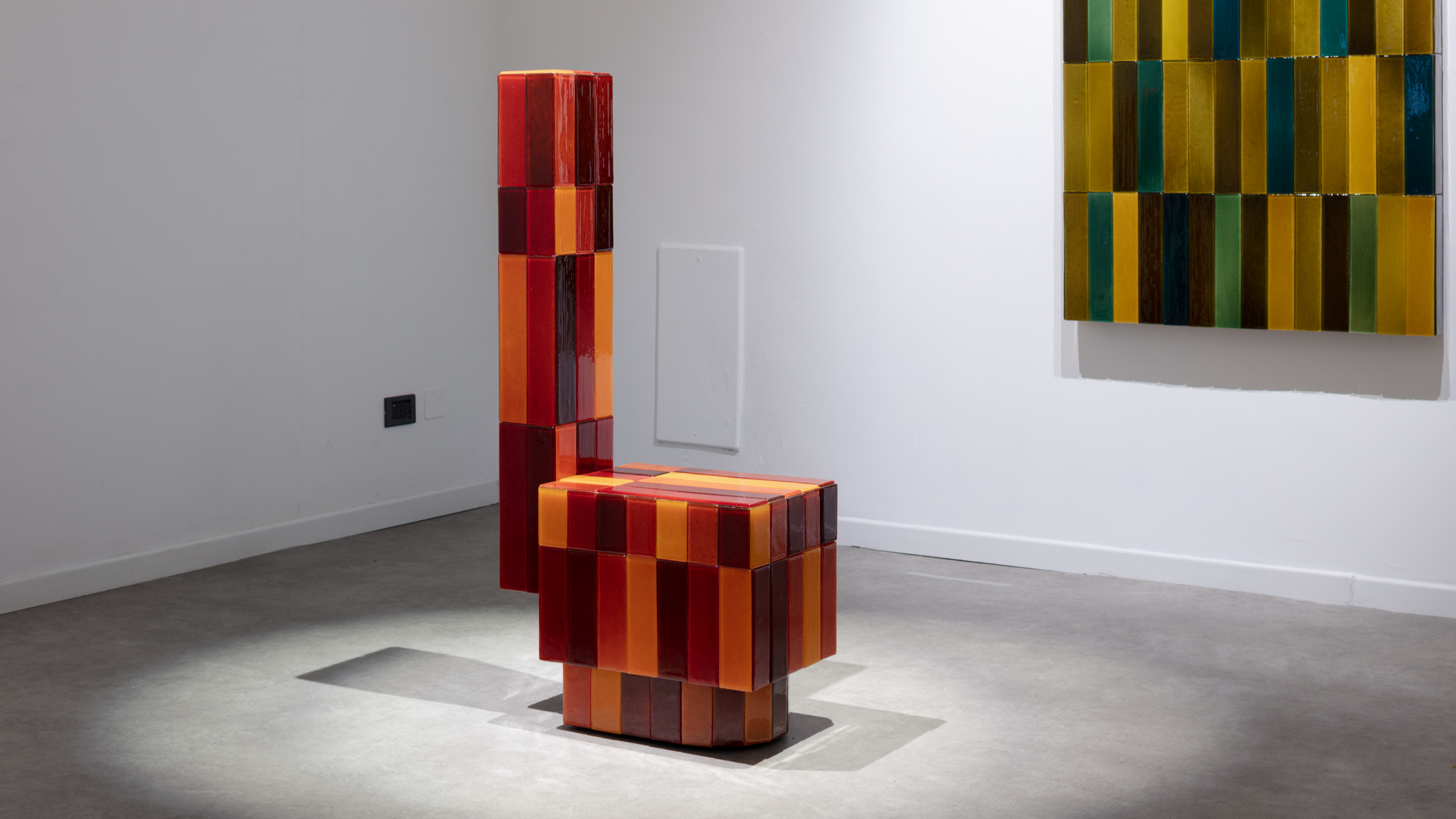 Tokyo design studio We+ transforms microalgae into colours
Tokyo design studio We+ transforms microalgae into coloursCould microalgae be the sustainable pigment of the future? A Japanese research project investigates
By Danielle Demetriou
-
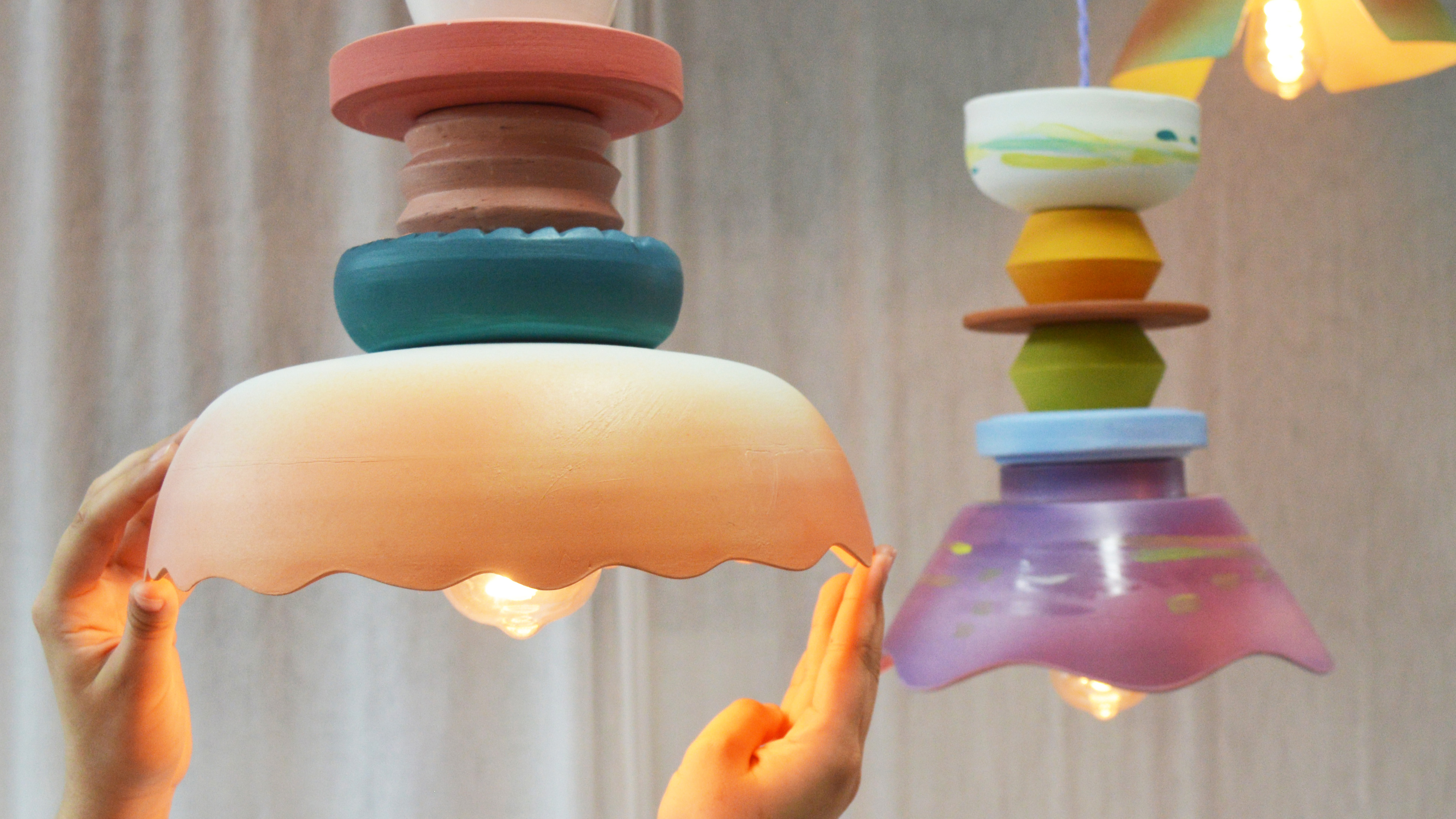 What to see at London Craft Week 2025
What to see at London Craft Week 2025With London Craft Week just around the corner, Wallpaper* rounds up the must-see moments from this year’s programme
By Francesca Perry